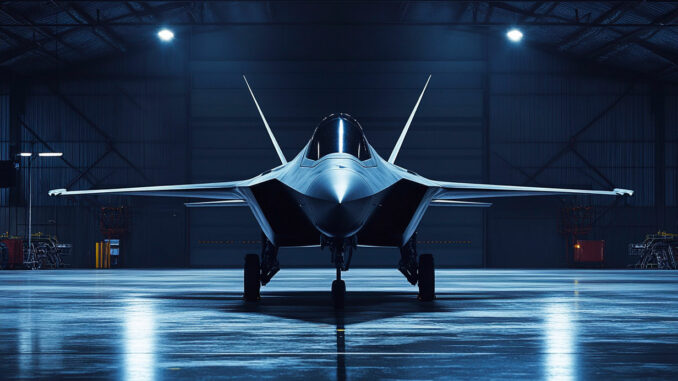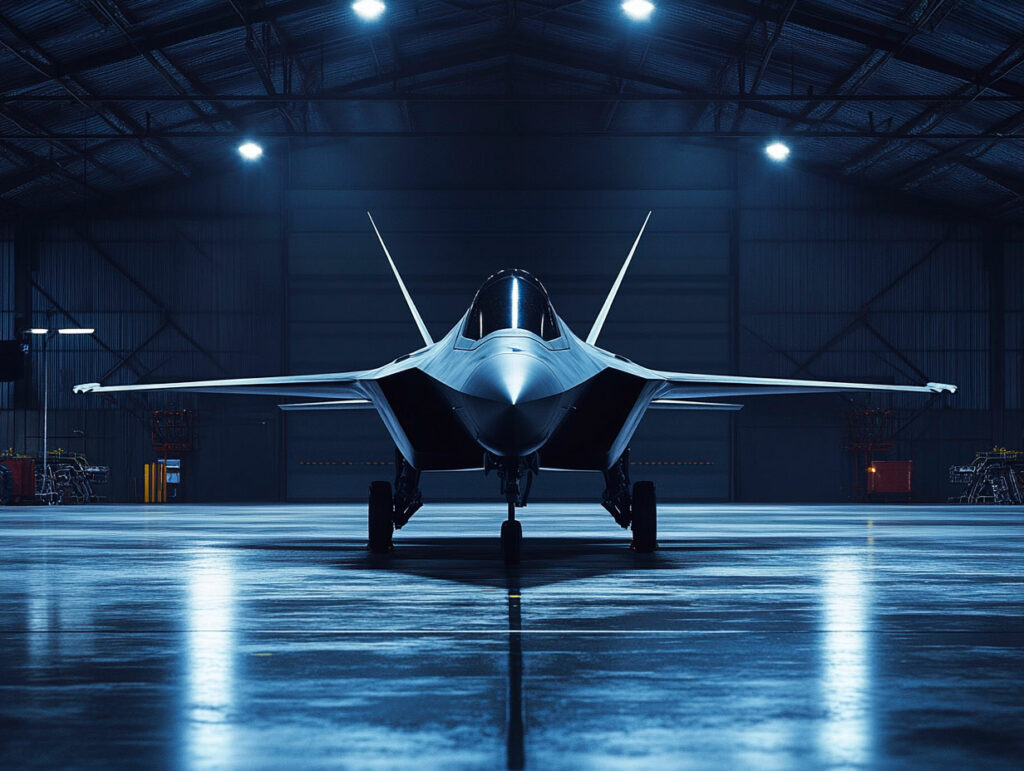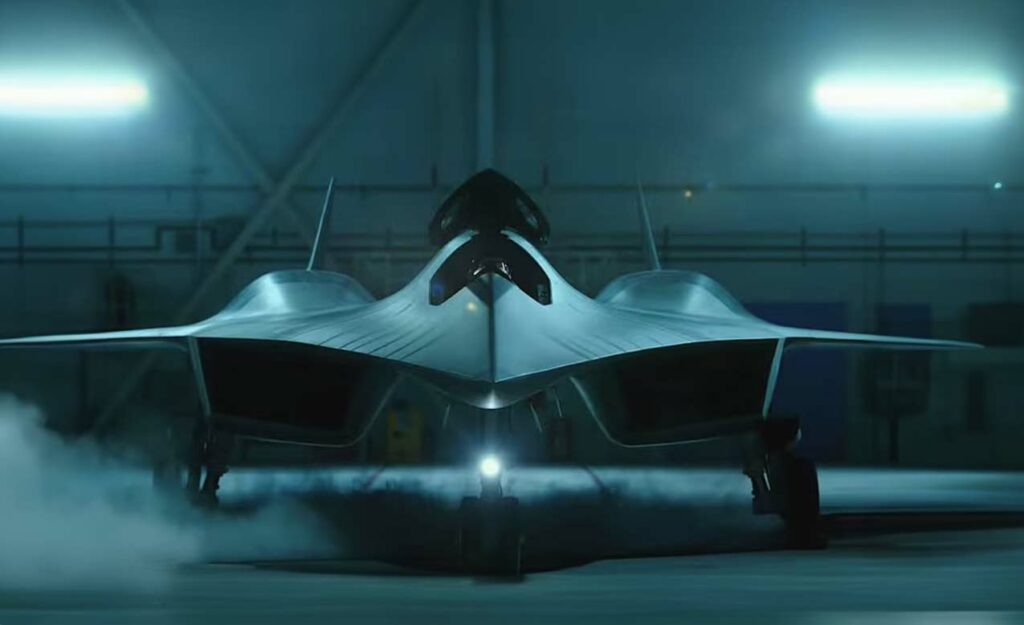
Learn how 6th gen fighters like the NGAD and Tempest are revolutionising military technology with stealth, AI, and hypersonic capabilities.
The Dawn of 6th Generation Fighter Jets
The world of military aviation is entering a new era, shaped by groundbreaking advancements and strategic imperatives. 6th generation fighter jets are poised to redefine aerial combat with next-level power, performance, and technological innovation. For military enthusiasts, defence analysts, and aerospace engineers, these aircraft represent a quantum leap beyond their 5th-generation predecessors.
But what makes 6th generation fighters different? How do they enhance military capabilities, and what impact will they have on global defence dynamics? This article explores these questions, examining the technologies powering these jets, real-world examples, and their implications for operators and non-operators alike.

What Are 6th Generation Fighter Jets?
6th generation fighter jets are the latest evolution in military aviation, embodying cutting-edge technology that surpasses even today’s dominant 5th generation fighters, like the F-35 and the Su-57. While each country’s approach to this new class of aircraft varies, there are common trends that define them:
- Stealth and Beyond: Advanced stealth technology with multi-spectral stealth applications to avoid detection across radar, IR, and other frequencies.
- AI-Assisted Operations: AI-powered systems capable of supporting pilots with decision-making, threat analysis, and autonomous operations when needed.
- Data Dominance: Integration with larger battlefield networks to act as an information hub, collecting and distributing data in real time.
- Hypersonic Capabilities: Increased manoeuvrability and speed, with some discussions speculating on hypersonic abilities.
- Human-Machine Teaming: These platforms could work alongside uncrewed aerial vehicles (UAVs) as loyal wingmen, amplifying their impact in combat environments.
Real-World Examples of 6th Gen Fighters
Although 6th generation fighter jets are still in development, several nations are making significant strides in their designs and prototypes. Here are noteworthy examples:
United States – Next Generation Air Dominance (NGAD)
The United States is leading the pack with its Next Generation Air Dominance (NGAD) program. This initiative aims to develop a 6th generation fighter jet to replace the F-22 Raptor while working alongside the F-35. The NGAD aircraft is expected to debut advanced stealth, AI-assisted decision-making, and integration with a swarm of autonomous drones.
Notably, the prototype reportedly completed its first flight in 2020, with the U.S. Air Force keeping tight control over program details to maintain competitive secrecy. The NGAD’s scalable engine architecture is intended to revolutionise power and endurance capabilities.
United Kingdom – Tempest
Launched through Team Tempest, a consortium led by the UK, Italy, and Sweden, Tempest is a hallmark of European engineering. This 6th gen fighter jet is designed to be operational by 2035. Key features include a virtual cockpit displayed on the pilot’s helmet, and the ability to deploy swarms of drones for coordinated missions.
Tempest takes a data-centric approach, with a focus on innovative communications systems to dominate the electromagnetic spectrum, ensuring superiority in contested environments.
Europe – Future Combat Air System (FCAS)
France, Germany, and Spain have joined forces to develop the Future Combat Air System (FCAS). This ambitious initiative includes a 6th generation fighter at the core of a broader air combat system involving unmanned systems and advanced interconnectivity.
FCAS is expected to feature stealth capabilities, AI-enabled decision support, and weapons such as hypersonic missiles and directed energy systems. Its emphasis on collaboration ensures its interoperability within NATO and allied forces.
China – J-XX Program
China’s advancements in military technology cannot be dismissed. While details remain classified, the nation is allegedly progressing on a 6th generation fighter under the J-XX program. Experts suggest that this fighter will incorporate enhanced stealth, AI technologies, and anti-stealth detection radar to maintain air superiority over its regional rivals.

Technology Powering the 6th Generation Fighter Jets
To achieve their objectives, 6th gen fighters rely on revolutionary technologies that push the boundaries of what was previously possible.
Artificial Intelligence and Autonomy
By leveraging advanced AI, these jets can analyse complex battle scenarios, predict enemy movements, and provide real-time recommendations to pilots. This doesn’t just improve reaction times—it enhances mission decision-making and increases mission success odds. AI is also critical for autonomous and semi-autonomous operations, enabling the fighters to act as loyal wingmen or even carry out independent missions.
Directed Energy Weapons
Another standout feature expected in 6th generation fighters is the integration of directed energy weapons, including lasers and microwaves. These weapons promise surgical strikes capable of neutralising threats like drones and missiles in combat scenarios—something current kinetic weapons cannot compete with on speed or precision.
Hypersonic Technology
One hallmark of 6th generation aircraft is the potential introduction of hypersonic capability. Jets able to exceed Mach 5 (five times the speed of sound) would have unparalleled tactical advantages, making interception nearly impossible.
Data Fusion and Network-Centric Operations
6th generation fighters are built with seamless connectivity in mind. These advanced aircraft don’t just gather data—they act as air-borne information hubs, sharing data across all battlefield platforms. This makes them indispensable in establishing a unified picture in air, ground, and naval engagements.

The Strategic Impact of 6th-Gen Fighters
The introduction of 6th generation fighters will reshape the balance of power in military aviation. Here’s how they’ll impact countries operating and not operating them:
For Operators
Nations integrating 6th generation aircraft into their air forces can expect enhanced deterrence capabilities, reflecting their ability to dominate air combat within and beyond contested regions. For example:
- Better Force Multiplication: Swarm drones and autonomous systems will reduce the need for deploying large numbers of human pilots.
- Mission Adaptability: These jets can perform a wide range of roles, from air superiority to electronic warfare and surveillance, making them highly versatile assets.
For Non-Operators
Nations unable to procure or develop 6th generation fighters risk falling behind. Without advanced platforms, they may struggle to maintain airspace security, leaving them potentially vulnerable to technological disadvantages.
Global defence alliances like NATO must manage these disparities carefully, ensuring that allied nations—regardless of budget—can maintain interoperable capabilities in the evolving landscape.
A Look Into the Future
Much like past iterations of fighter aircraft, 6th generation jets will evolve rapidly to meet the complex demands of defence in future conflicts. Innovations like quantum computing, advanced machine learning, and even further merging with space technologies will define the long-term trajectory of these platforms.
For military enthusiasts, defence analysts, and aerospace engineers, the rise of 6th gen fighters represents a thrilling intersection between technology and strategy. The new battlefield is not just in the skies—it’s in the data, innovation, and vision of what’s to come.
War Wings Daily is an independant magazine.